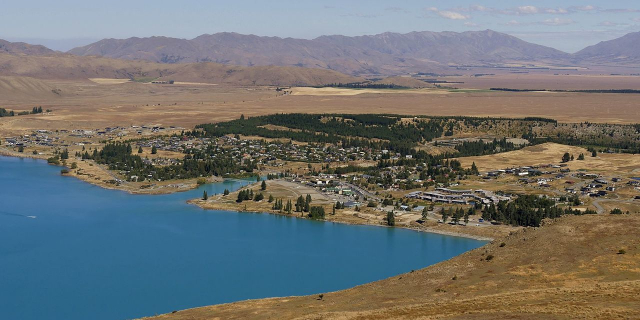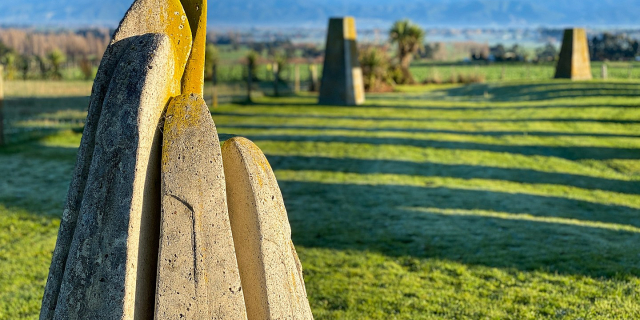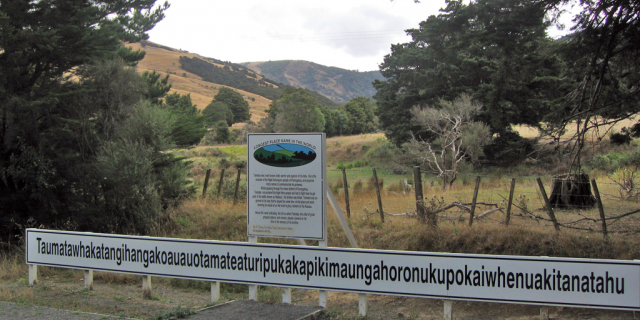Fiordland National Park occupies the southwest corner of the South Island of New Zealand. It is by far the largest of the 13 national parks in New Zealand, with an area of 12,607 square kilometres (4,868 sq mi), and a major part of the Te Wāhipounamu a UNESCO World Heritage Site. The park is administered by the Department of Conservation. The southern ranges of the Southern Alps cover most of Fiordland National Park and, combined with the deep glacier-carved valleys.
The park is a significant refuge for many threatened native animals, ranging from dolphins and bats to reptiles, insects, and endangered species of birds endemic to New Zealand such as the takahē, mōhua, kākāpō, and southern brown kiwi.
10,000 square kilometres (3,900 sq mi) of Fiordland were set aside as a national reserve in 1904, following suggestions by then-future Prime Minister Thomas Mackenzie and Southland Commissioner of Crown Lands, John Hay, that the region should be declared a national park.[1]
The area had already become a destination for trampers, following the opening up of the Milford Track from Lake Te Anau to Milford Sound in 1889 by New Zealand explorers Quintin McKinnon and Donald Sutherland,[2] which received significant publicity from a 1908 article in the London Spectator describing it as the "Finest Walk in the World".[3]
 An entry to Fiordland National Park
An entry to Fiordland National ParkThe Fiordland "public reserve" was created as a park administered by the Department of Lands and Survey - in practical terms similar to a National Park. The only two officially named "national parks" in New Zealand at the time, Tongariro National Park and Egmont National Park, were administered by park boards. Consolidation of the management of these parks led to the National Parks Act of 1952, which brought Fiordland National Park into the fold, formally making it the third National Park in New Zealand.[4]
The only main road into the park, State Highway 94 (SH 94), reached the Homer Tunnel area in 1935, but it was only with the tunnel's completion in 1953 that Milford Sound was accessible by road - to date the only fiord in the national park with road access.



























Add new comment